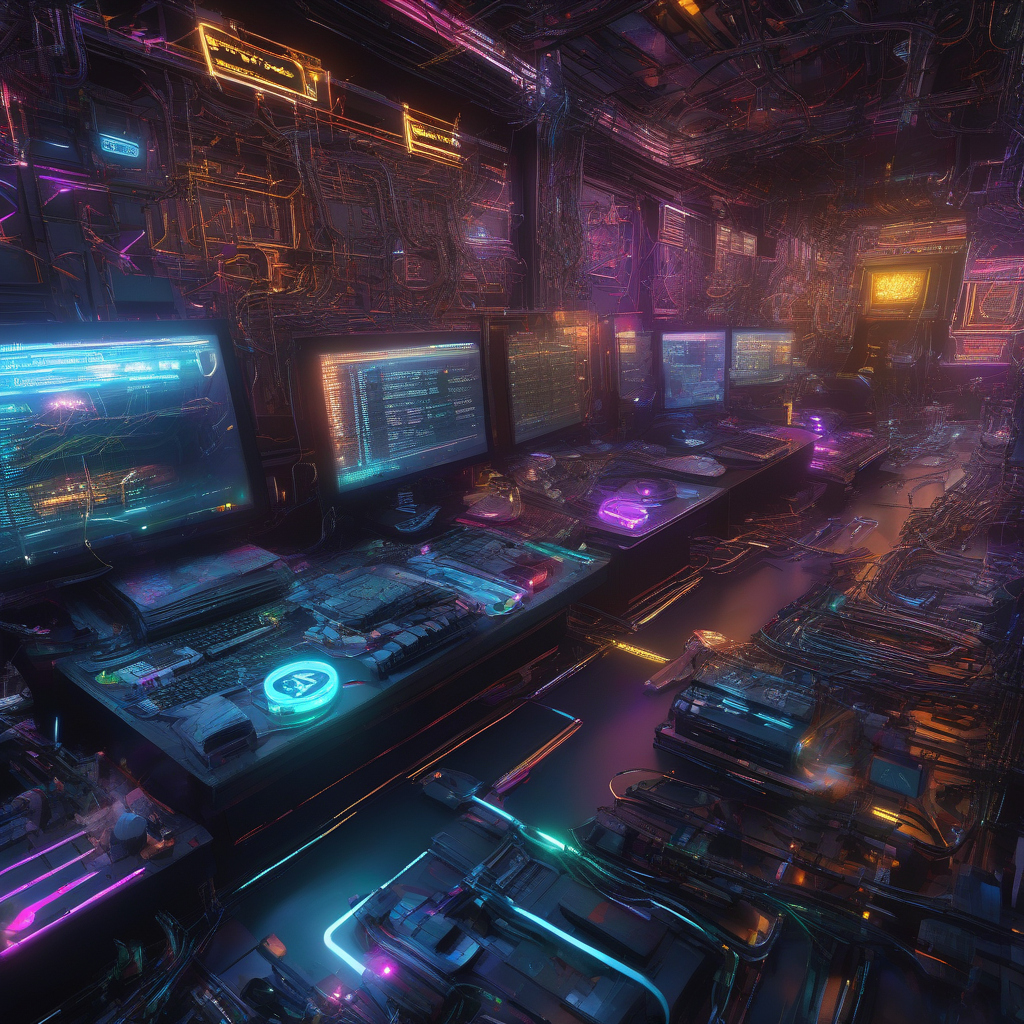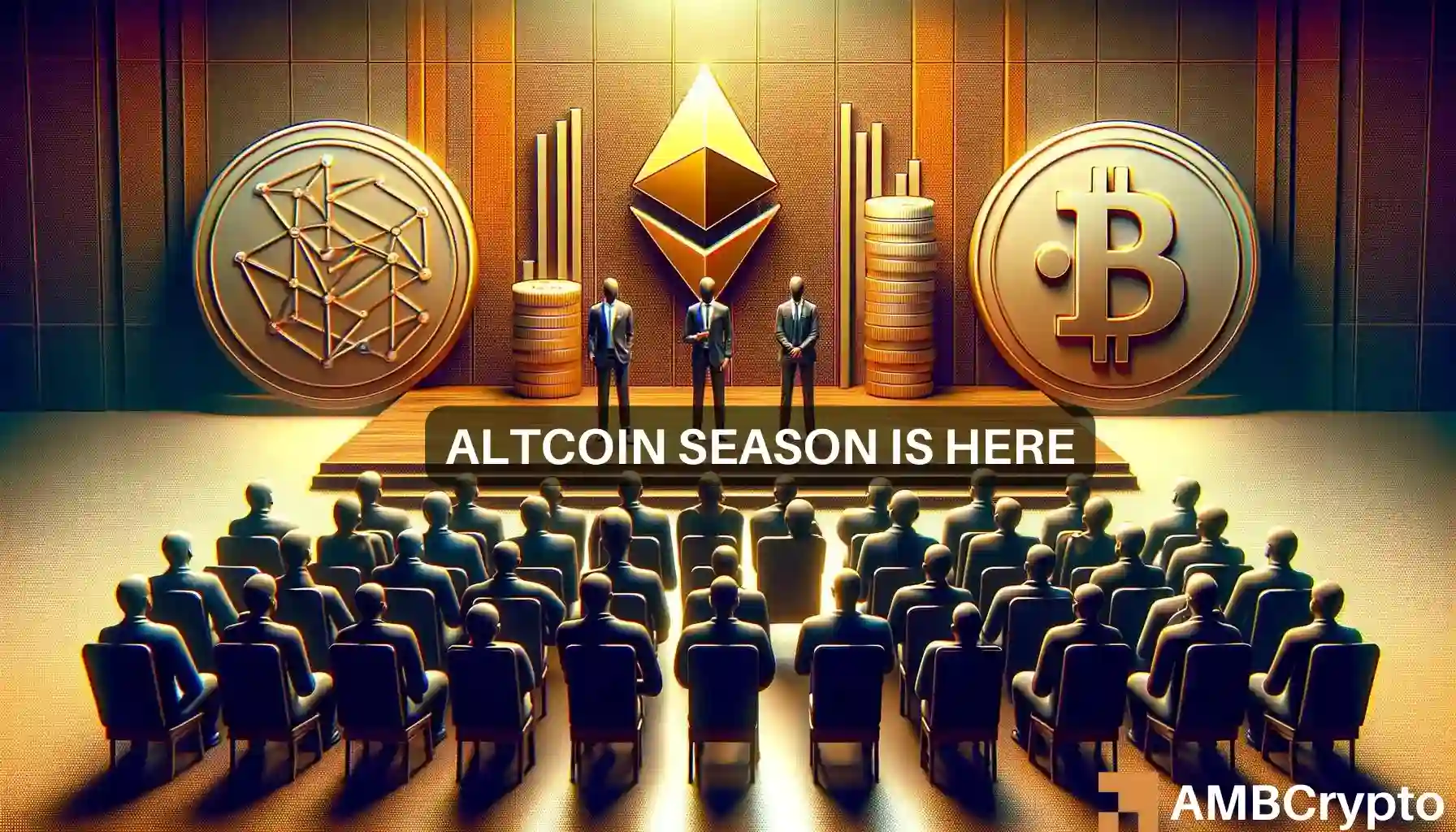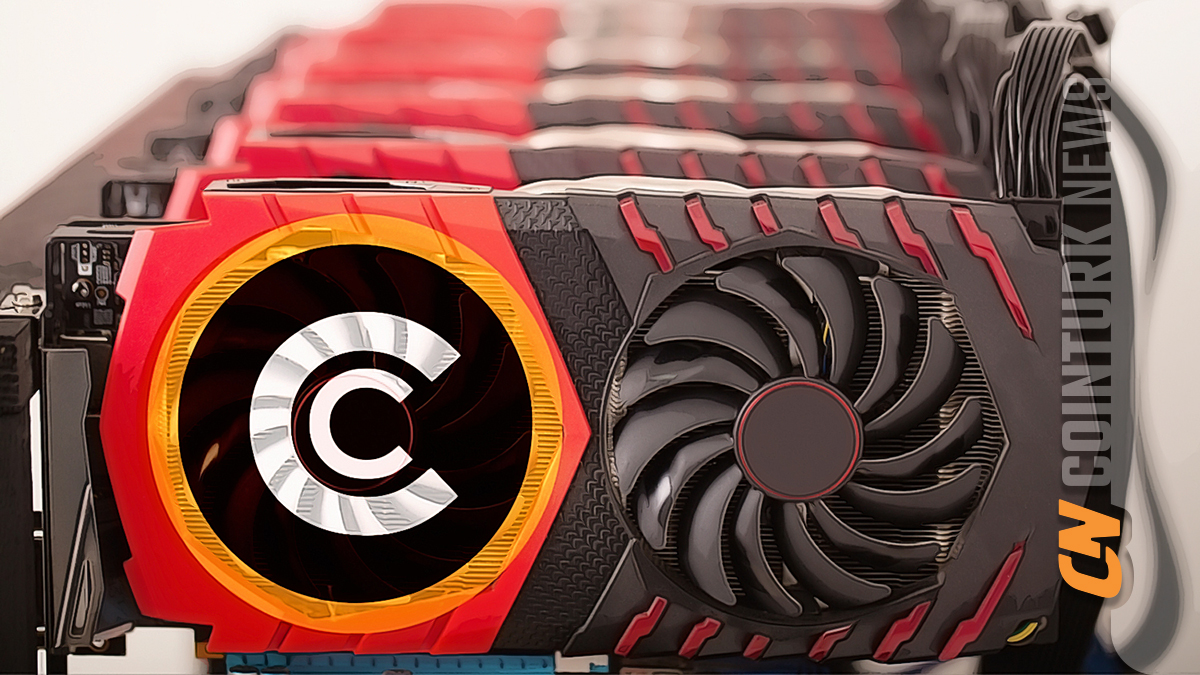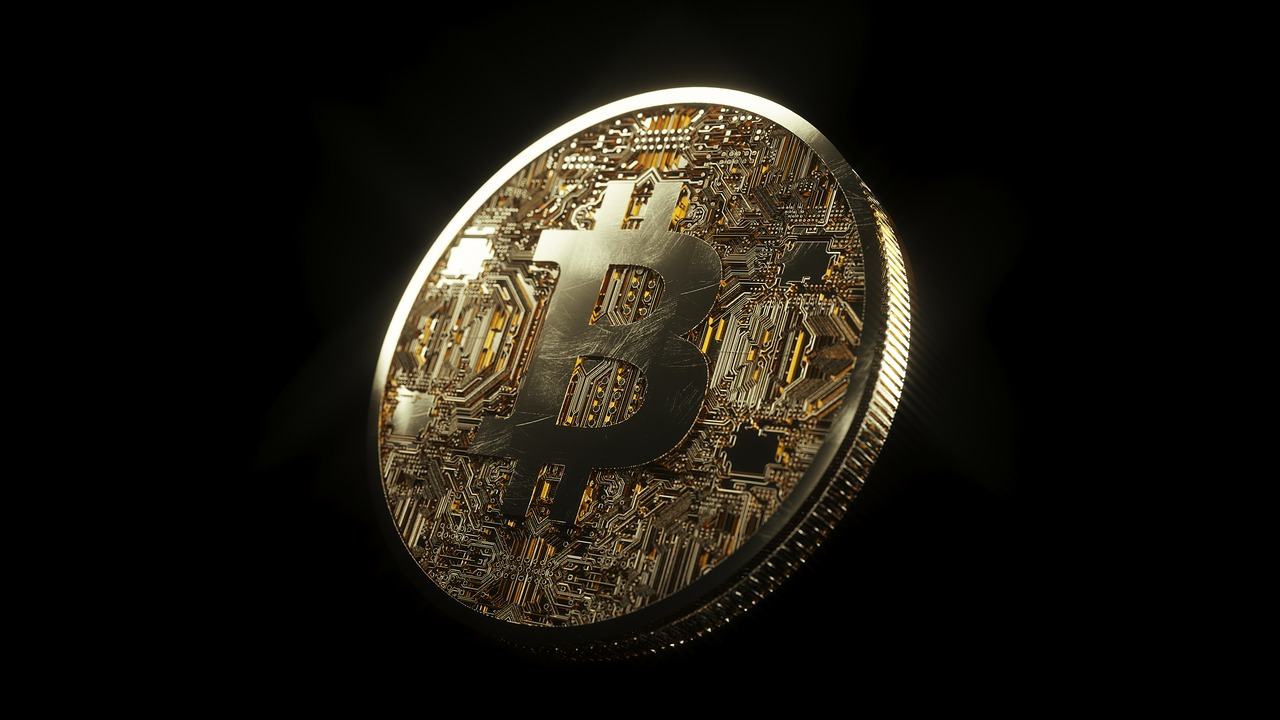Bitcoin Layer 2: What are the Hottest DeFi Assets Built on Top of the Largest Proof-of-Work Network
Until recently, building new assets on top of Bitcoin was seen as a novelty or a publicity stunt. One of the big trends in 2023 was “ordinals,” a form of NFT that was also recorded as part of a Bitcoin block.
In past years, Bitcoin offered tools for tokenization, but users hardly ever utilized them and never gained traction. Ethereum became the go-to network for tokenization and Layer 2 scaling projects. But now, Bitcoin Layer 2 solutions may become the basis for a fresh approach to decentralized finance.
What is the Purpose of Bitcoin Layer 2?
Bitcoin may be considered digital gold and too valuable to ever move from a cold wallet. But L2 builders think differently. Bitcoin Layer 2 tokens have been around for a few months, but their visibility rose sharply after the recent halving event.
The purpose of new projects in Q2 is to offer Bitcoin scalability, but also to turn the sector into a hub for liquidity and build new markets. The sector is relatively small now, officially including fewer than 10 projects.
Source: CoinGecko
But new listings may be coming soon, as more projects are hyping up their L2 tools. As with other blockchain trends, some projects may prove to be vaporware or accomplish very little. But in the post-halving season, L2 is here to stay.
Which Layer 2 Solutions Are Running Hot Right Now?
New L2 launches and announcements accelerated in the past few days. A long list of tokens is making the rounds on social media, with more to be added.
Among the new projects, Elastos (ELA) stands out for being a relatively early launch, dating back to the ICO season 2018. The project has reinvented itself as the builder of a L2 Bitcoin-based product.
The Bitcoin network now contains assets that could make up the new L2 economy. Ordinals and BRC-20 tokens are already taking up transaction bandwidth. The newest asset in April is Runes, a new standard that is already reflected in the transaction logs.
Runes is a brand-new standard for creating fungible tokens on Bitcoin. After the Halving, the team introduced and first proposed the new type of asset in late 2023. Runes took up as much as 75% of Bitcoin traffic during the initial hype period. Runes aims to create lightweight transactions to avoid overwhelming the main network.
Immediately, the new standard was used to launch Runestones, trading similarly to NFT in a highly competitive marketplace.
Runestones will also launch on the Solana network. In fact, many of the L2 projects on Bitcoin will also use other existing networks, in a bid to reach as many users as possible and the best liquidity and trading conditions.
Bitcoin: Promising Development or Hijacked Network
The idea of using Bitcoin for all purposes is a maximalist position, which states that there is almost no need for new coins, tokens, or additional blockchains. In reality, alternatives to Bitcoin worked quite well.
But now, the already well-developed tools for decentralized trading and DEX building may return to Bitcoin. New projects are showing up almost every day, clamoring for attention and liquidity deposits.
The reception is not entirely positive. While they appreciate the transaction fees, Miners consider L2 tools as misuse of the Bitcoin network. Bitcoin’s usability was affected in the past due to congestion in the mempool caused by bot-driven traffic and micro-transactions.
Whether Bitcoin is a fit for decentralized finance remains unresolved. But launches and social media hype are certainly pointing toward at least trying to use Bitcoin with L2 scaling, taking up some of the tasks served by blockchains like Ethereum and Solana.
The L2 craze resembles an extension of the NFT, ordinals, and meme token hype. At the same time, value is made every hour as those new assets change hands and build new markets. The immediate effect of new assets is that the Bitcoin mempool shows more transactions per block, and average fees are once again close to $30.






